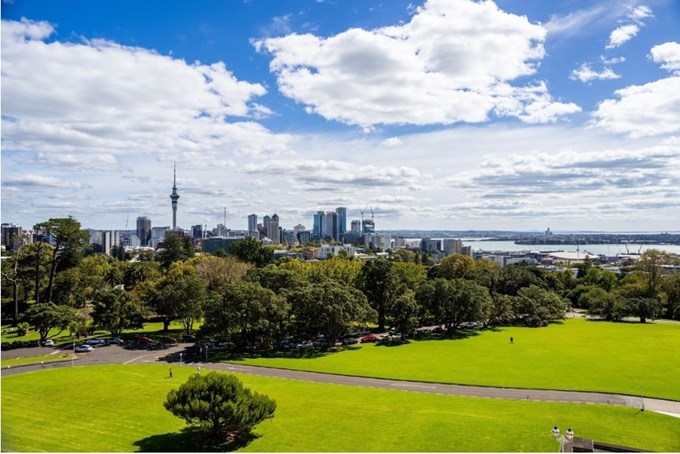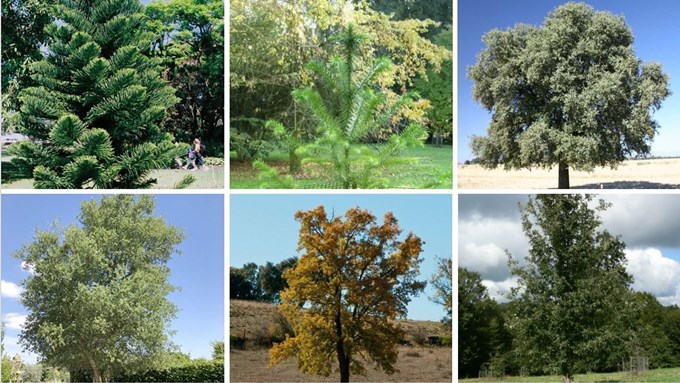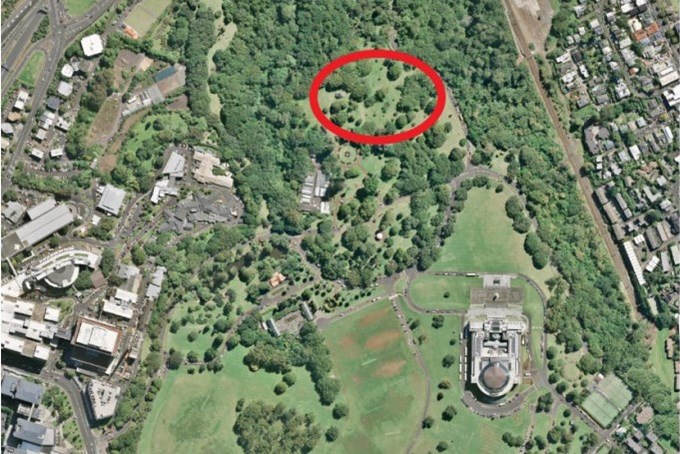Plans are underway to expand Pukekawa / Auckland Domain’s already significant botanical tree collection.
Auckland Council’s urban forest and botanic specialists have carefully selected six new exotic species to add to the domain’s already important collection, which have now been approved by the Pukekawa Auckland Domain Committee for planting.
Senior Urban Forest Specialist Bernardo Santos says heritage protection of the domain and its governing framework mean the chance to plant new specimen trees within Auckland’s oldest park is rare.
Restoration of the Wintergarden buildings in 2023 has allowed for six new trees to be established this year to make up for any minor impact from the works.
“We have chosen species that are not well represented in the domain, to enhance the biodiversity. Their suitability for the site is critical – we expect these trees to perform well for many years to come,” Mr Santos says.
The six trees selected include four oak varieties – Quercus faginea (Portuguese oak), Quercus ilex (Holm oak), Quercus suber (Cork oak), Quercus afares (African oak) – and two araucaria – Araucaria luxurians (Coast Araucaria) and Araucaria angustifolia (Paraná pine).
All the new species can thrive in slightly hotter temperatures, making them more resilient against projected temperature increases.
Other oak varieties have long been a popular feature of the domain, with two stands considered historically significant and therefore worth preserving – but as they approach their centenary, some oaks are showing signs of stress relating to weather changes.
Pukekawa Auckland Domain Committee chair Cr Desley Simpson says the four new oak varieties, native to Africa or the Mediterranean, will provide suitable alternatives that allow for a continued heritage connection to oaks.
“The most important factor is their survival. We are planting with a view to these trees being enjoyed for the next 100 years, or more,” says Cr Simpson. “We want these new trees to help provide a robust and sustainable ecosystem in this historic central park.”
The domain is well-known for featuring several unusual and rare exotic specimens [like the Obetia ficifolia – a Reunion Island bottle tree], so new exotic trees of interest will appeal to many people, Cr Simpson says.
The council’s botanic specialists have also advised that exotics will perform better than native species at the specific planting site. Each of the six trees selected are expected to flourish as standalone specimen trees, whereas native trees typically perform better in larger conservation areas where they can be supported by a forest ecosystem.
Once established, the new oaks and two araucaria trees will enjoy a prime location close to the Wintergarden nursery and recently refurbished band rotunda.
The new trees will complement the council’s Urban Ngahere Strategy to plant more trees in Tāmaki Makaurau and increase canopy cover by 30 per cent across Auckland’s urban areas




